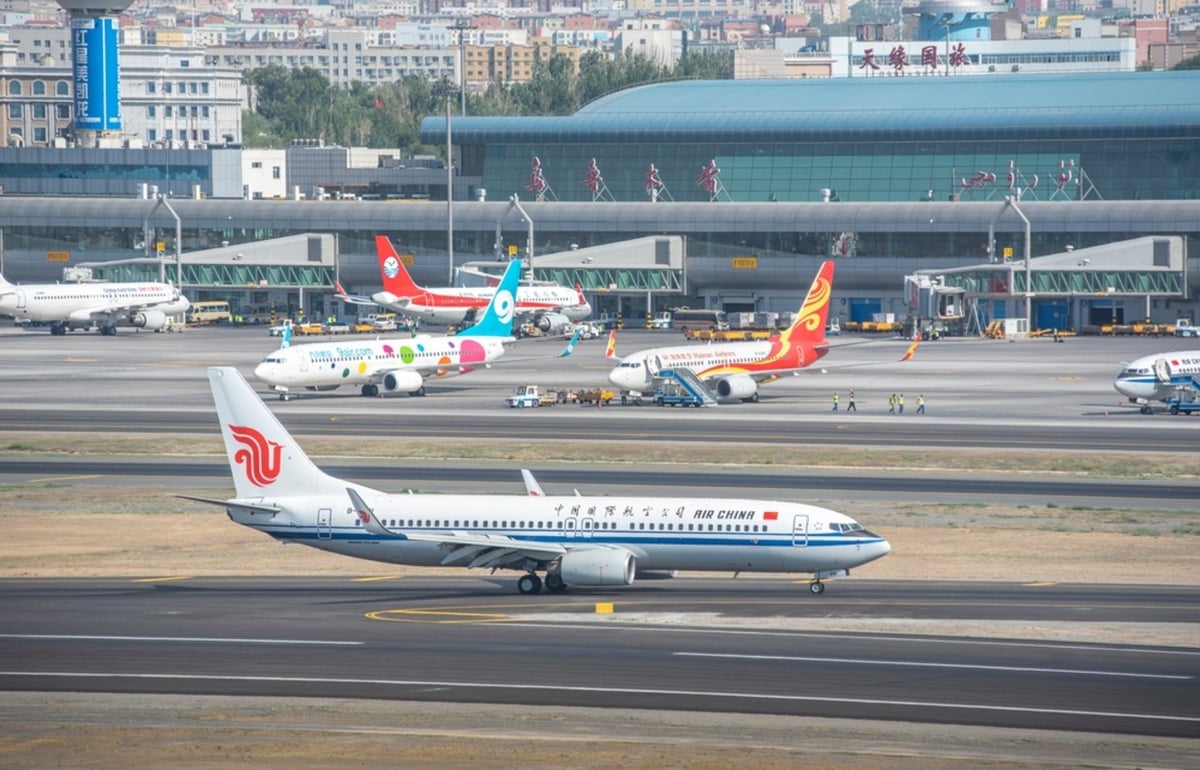China aims to establish a new model for the general aviation industry’s development by 2030, focusing on high-end, intelligent, and eco-friendly features. This model, as reported by People’s Daily ONLINE, will facilitate secure and efficient networks for passenger transportation, drone delivery, and low-altitude production operations. It is expected to stimulate economic growth at low altitudes and create a market scale amounting to trillions of yuan.
China’s low-altitude economy, which includes both the traditional general aviation sector and the rapidly growing unmanned aerial vehicle (UAV) industry, has experienced significant growth in recent years due to market demand and policy incentives.
Sun Wensheng, deputy director of the general department of the Civil Aviation Administration of China (CAAC), describes the low-altitude economy as a strategic and emerging sector characterized by its high level of scientific and technological content, extensive industrial chain, and complex application scenarios. Sun highlights that this sector embodies the characteristics of new productive forces with significant growth potential.
Advancements in China’s general aviation sector
Moreover, China has made remarkable advancements in its traditional general aviation sector. By the end of 2023, there were 690 registered general aviation enterprises in China, operating a fleet of 2,900 aircraft and accumulating an average of 114,000 flight hours per month. These figures represent a substantial increase compared to 2015, with the number of enterprises, aircraft, and flight hours rising by 2.5 times, 1.5 times, and 1.8 times, respectively.

Rapid growth of the UAV industry in China
The UAV industry in China has also witnessed rapid development. By the end of 2023, approximately 1.27 million UAVs were registered in the country, indicating a year-on-year increase of 32.2 percent. Around 19,000 enterprises are engaged in UAV operations.
Furthermore, China has seen a significant expansion in the number of general aviation airports, reaching 449 by the end of last year. This represents a 7.4-fold increase compared to 2015, according to Shang Kejia, the deputy director of the CAAC’s transport department.
For more news on logistics, click here.








